APHRODISIACS: FOODS OF LOVE
Text and Photos by Henrylito D. Tacio
Aphrodisiacs: Foods of Love. Blurb: This Valentine’s Day, what kind of foods should you eat to add meaning to your love and depth of your intimacy together?
In Greek religion and mythology, Aphrodite is the goddess of fertility, love, and beauty. It was to her that Paris awarded the apple of discord, which caused the dispute leading ultimately to the Trojan War.
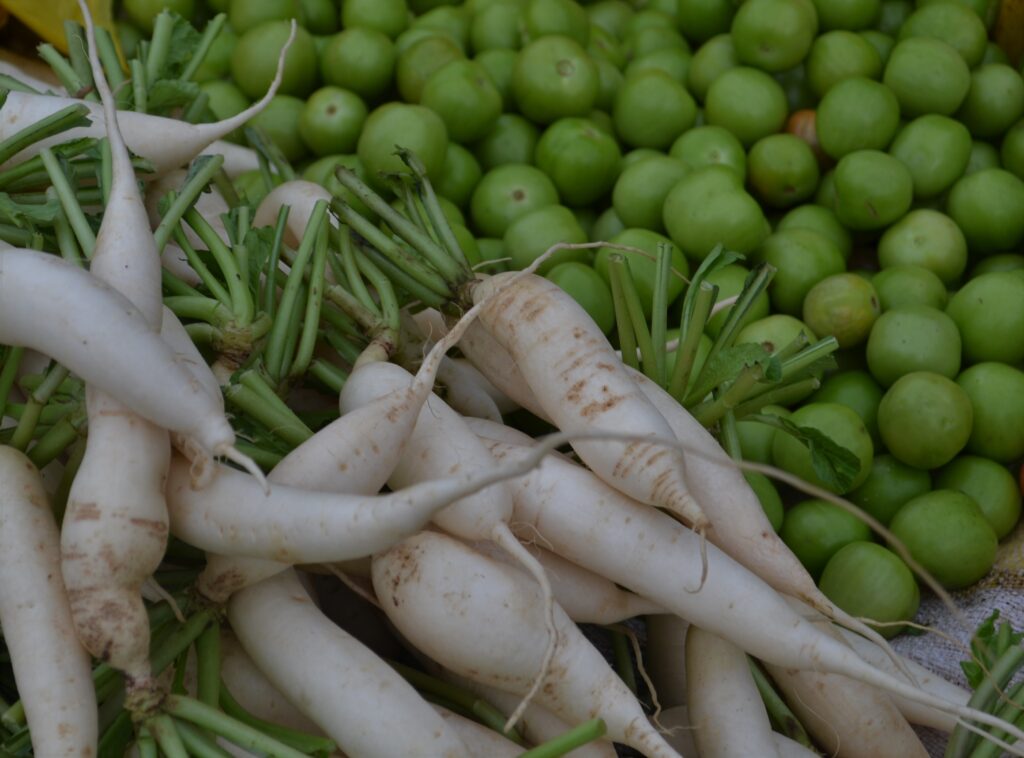
It was in her honor that the word aphrodisiac came into existence. An aphrodisiac is a substance which is used in the belief that it can help increase sexual desire.
“In ancient times a distinction was made between a substance that increased fertility versus one that simply increased sex drive,” notes the Cambridge World History of Food. “One of the key issues in early times was nutrition. Food was not so readily available as it is today. Undernourishment creates a loss of libido as well as reduces fertility rates.”
Throughout history, many foods and drinks have had a reputation for making sex more attainable and/or pleasurable. However, from a historical and medical standpoint, the alleged results may have been mainly due to mere belief by their users that they would be effective. In fact, scientific tests have proven that some aromas can cause a greater effect on the body than the actual ingestion of foods.
History is rife with the human pursuit of aphrodisiacs in many forms. Here are some common foods of love used through the ages:
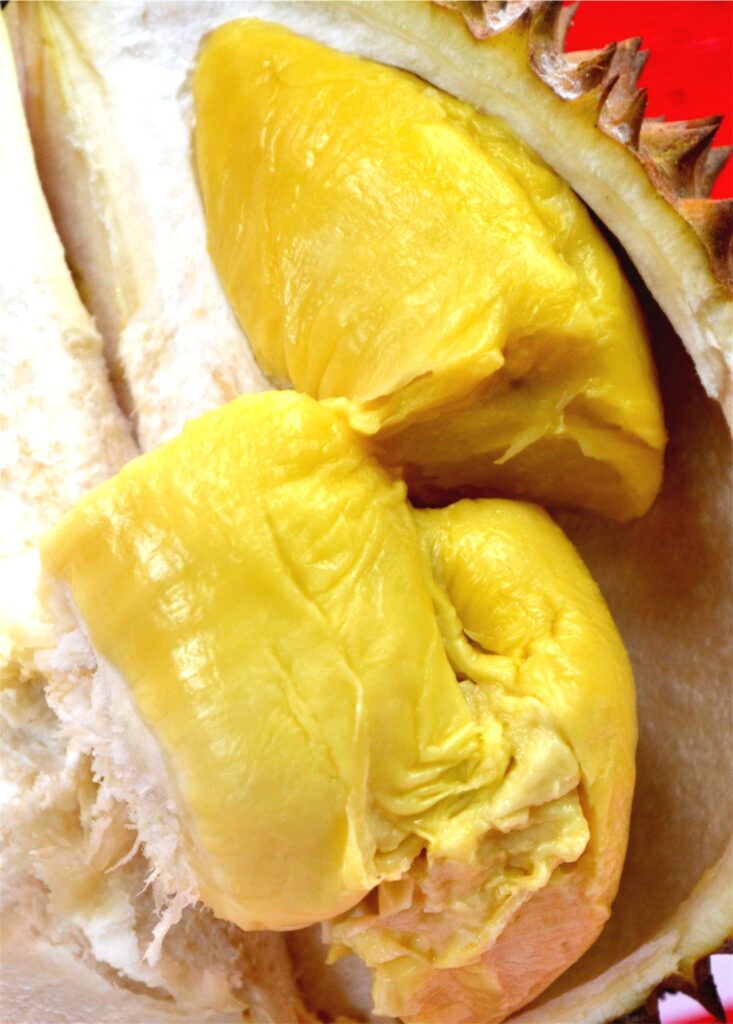
Asparagus: Given its phallic shape, asparagus is frequently enjoyed as an aphrodisiac food. Feed your lover boiled or steamed spears for a sensuous experience. Three courses of asparagus were served to 19th-century bridegrooms due to its reputed aphrodisiacal powers.
Avocado: The Aztecs called the avocado tree ahuacuatl, which translated means “testicle tree.” The ancients thought the fruit hanging in pairs on the tree resembled the male’s testicles. This is a delicious fruit with a sensuous texture.
Banana: Its flower has a marvelous phallic shape and is partially responsible for the popularity of the banana as an aphrodisiac food. There was this tale that after Adam and Eve – the world’s first man and woman – succumbed to the “apple” they started covering their “nudity” with banana leaves rather than fig. In Central America, the sap of the red banana is considered an aphrodisiac. From a more practical standpoint, bananas are rich in potassium and B vitamins, necessities for sex hormone production. Some studies show its enzyme bromelain enhances male performance.
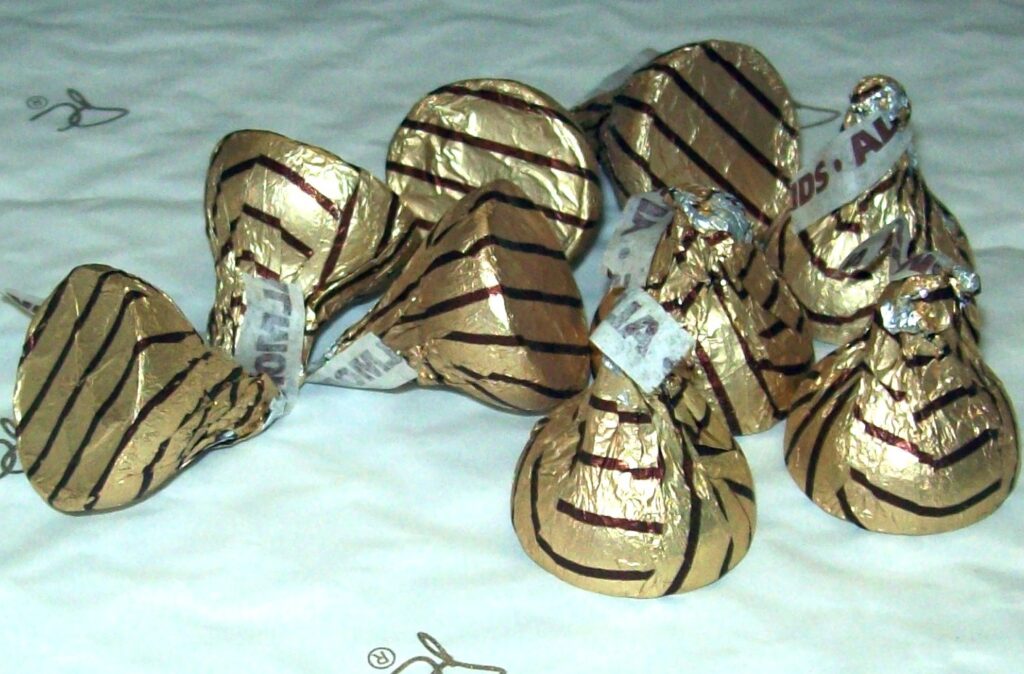
Chocolate: “Love,” someone said, “is like swallowing hot chocolate before it has cooled off. It takes you by surprise at first, but keeps you warm for a long time.” The Aztecs referred to chocolate as “nourishment of the gods.” Chocolate contains chemicals thought to affect neurotransmitters in the brain and a related substance to caffeine called theobromine. Because of its aphrodisiac powers, chocolate was actually banned from some monasteries centuries ago.
Carrot: Another good reason to eat carrots – believed to be a stimulant to the male. The phallus shaped carrot has been associated with stimulation since ancient times and was used by early Middle Eastern royalty to aid seduction.
Coffee: Caffeine is a well-known stimulant, but don’t drink too much of it as it can make you depressed. Coffee stimulates both the body and the mind so partake of a little in preparation for an “all-nighter.” By the way, eight out of 10 Filipino adults drink an average of 2.5 cups of coffee every day.
Durian: It smells like hell but tastes like heaven, wrote one scribe. In Indonesia, the Javanese impose a strict set of rules on what may or may not be consumed with it or shortly thereafter. A saying “Durian jatuh sarung naik” (“”The durians fall and the sarungs come up”) refers to this belief. The warnings against the supposed lecherous quality of this fruit soon spread to the West — the Swedenborgian philosopher Herman Vetterling commented on so-called “erotic properties” of the durian in the early 20th century.
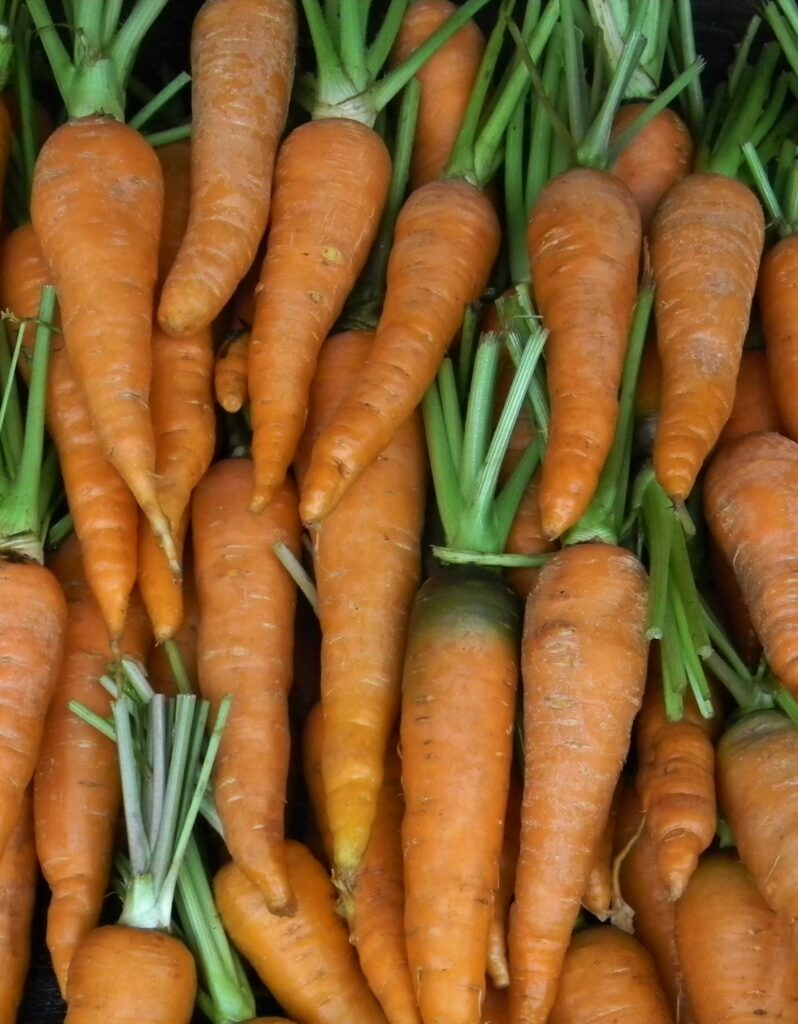
Garlic: The “heat” in garlic is said to stir sexual desires. Make sure you and your partner share it together. Garlic has been used for centuries to cure everything from the common cold to heart ailments. This is a good time for moderation.
Honey: Many medicines in Egyptian times were based on honey including cures for sterility and impotence. Medieval seducers plied their partners with Mead, a fermented drink made from honey. Lovers on their “honeymoon” drank mead and it was thought to “sweeten” the marriage.
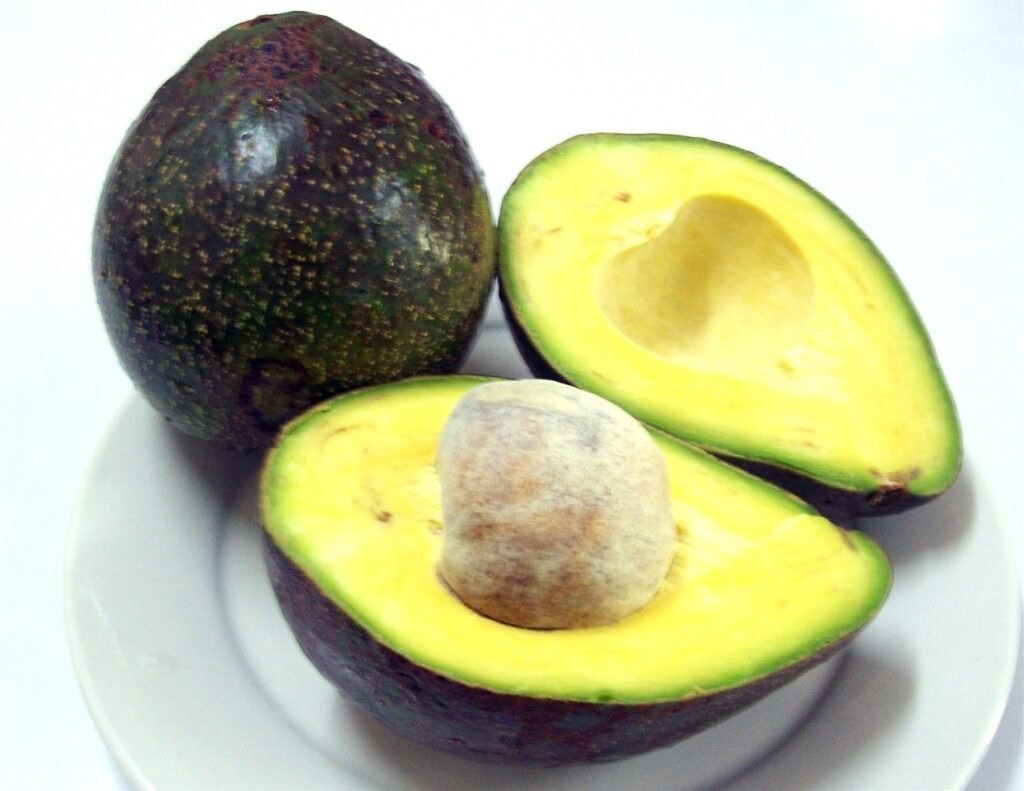
Oyster: Oysters were documented as an aphrodisiac food by the Romans in the second century A.D as mentioned in a satire by Juvenal. He described the wanton ways of women after ingesting wine and eating “giant oysters.”” An additional theory is that the oyster resembles the “female” genitals. In reality, oysters are very nutritious and high in protein. Raw oysters are very high in zinc which raises sperm and testosterone production.
Radish: This is considered a divine aphrodisiac by Egyptian pharaohs, most likely because its spicy taste stimulated the palate.
Truffles: The Greeks and the Romans considered the rare truffle to be an aphrodisiac. The musky scent is said to stimulate and sensitize the skin to touch. To sustain his masculinity, an ancient lover in lore was said to have gorged himself to death on truffles during the wedding feast.
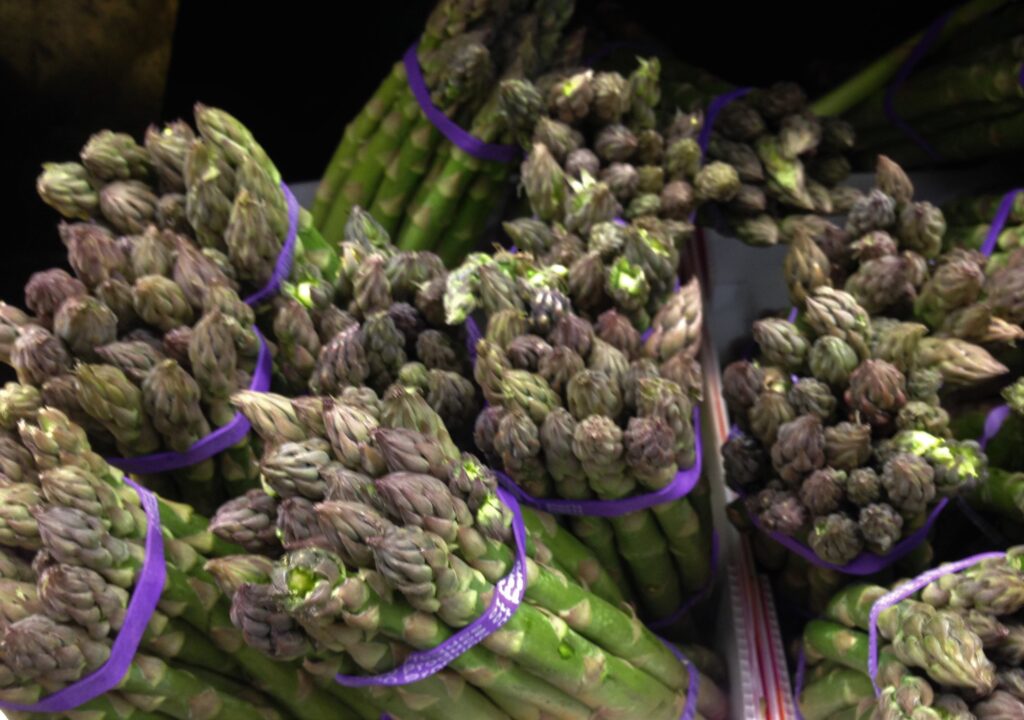
Wine: A glass or two of wine can greatly enhance a romantic interlude. Wine relaxes and helps to stimulate our senses. Drinking wine can be an erotic experience. Let your eyes feast on the color of the liquid. Do remember that excessive alcohol will make you too drowsy for the after-dinner romance. A moderate amount of wine has been said to “arouse” but much more than that amount will have the reverse effect.
There is no evidence that an actual aphrodisiac response occurs with the aforementioned foods. Just how certain foods or other substances come to be seen as aphrodisiac is typically a matter of folklore rather than fact. In some cases the newness or rarity of a food or chemical invite people to endow it with magical powers of a sexual nature.
By the way, the Romans identified Aphrodite with Venus, from which the word venereal – as in venereal diseases like syphilis and gonorrhea – comes from.

